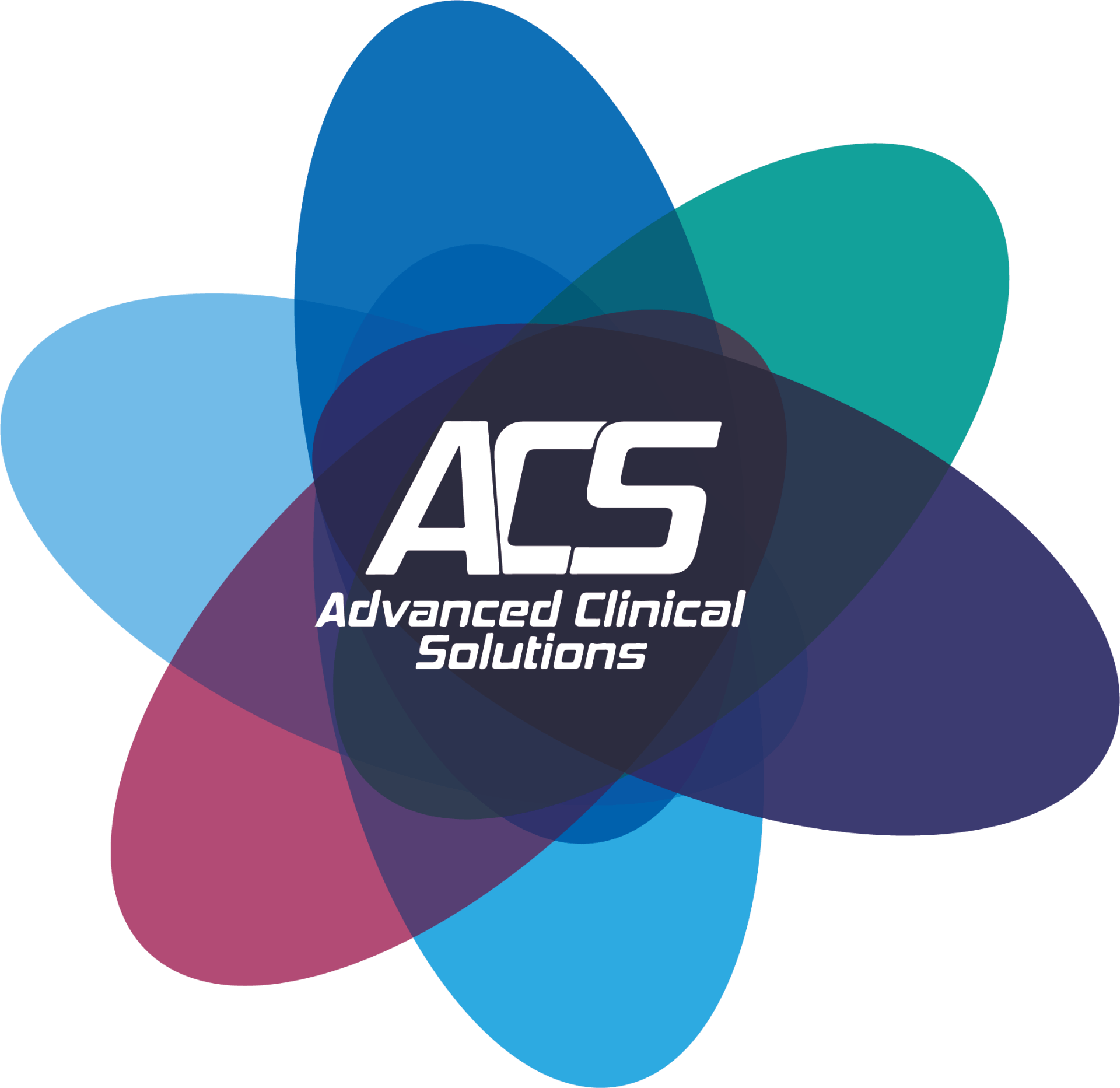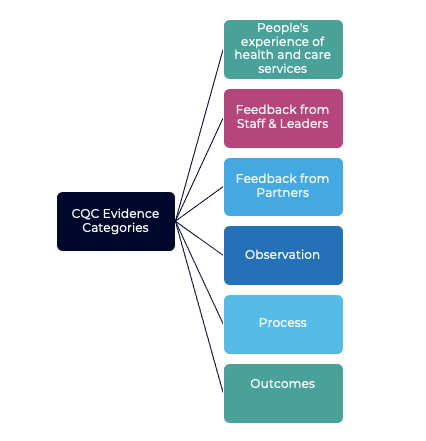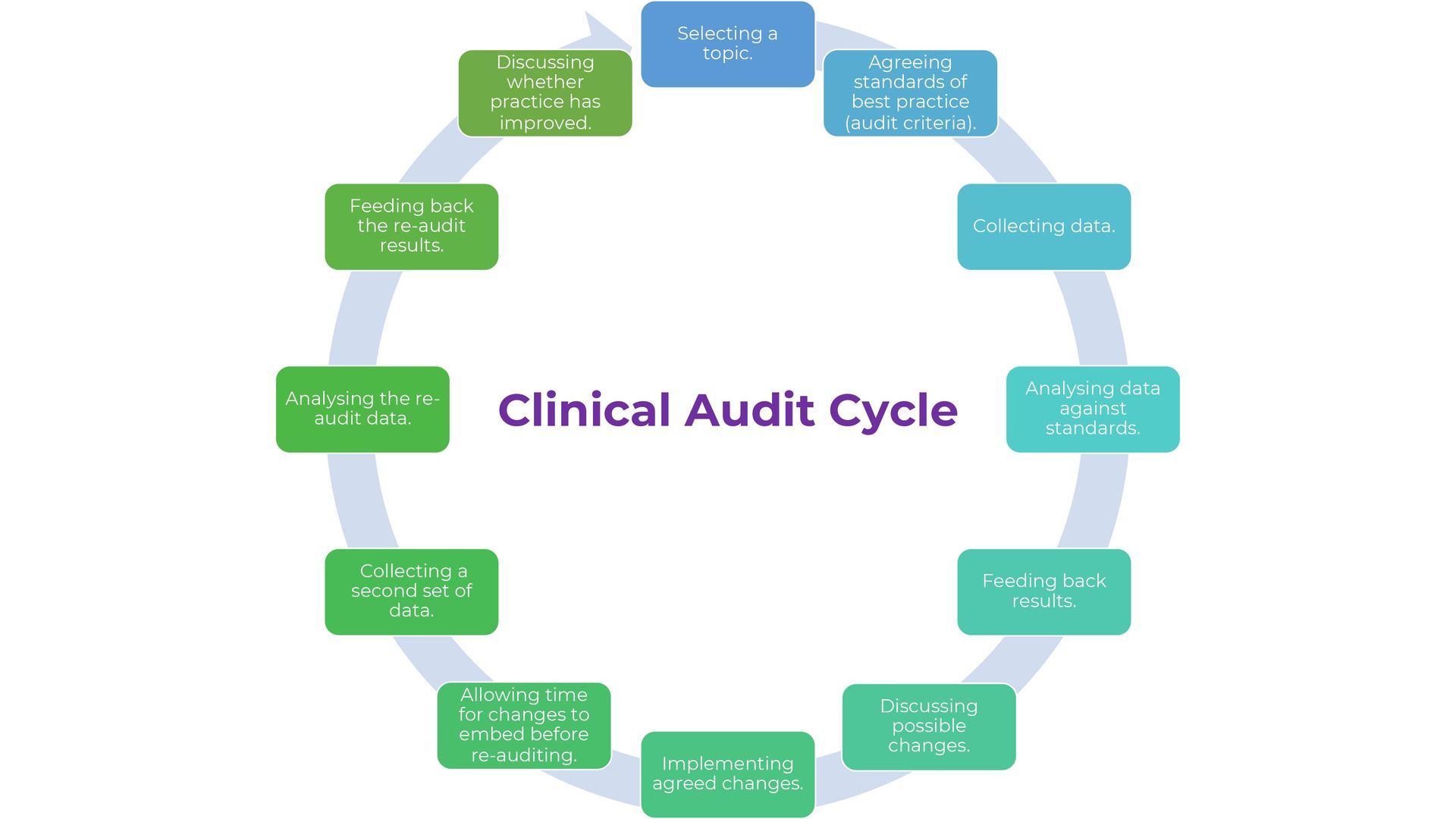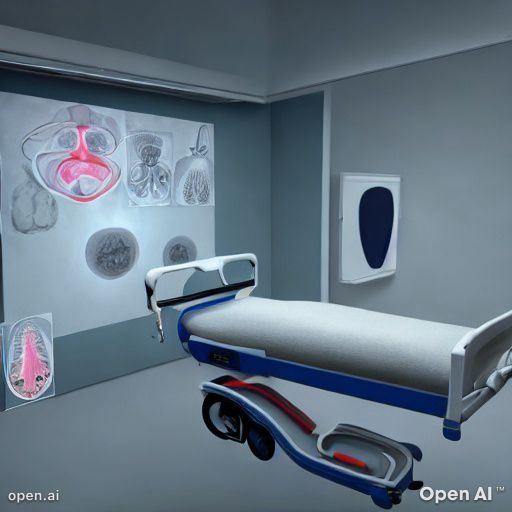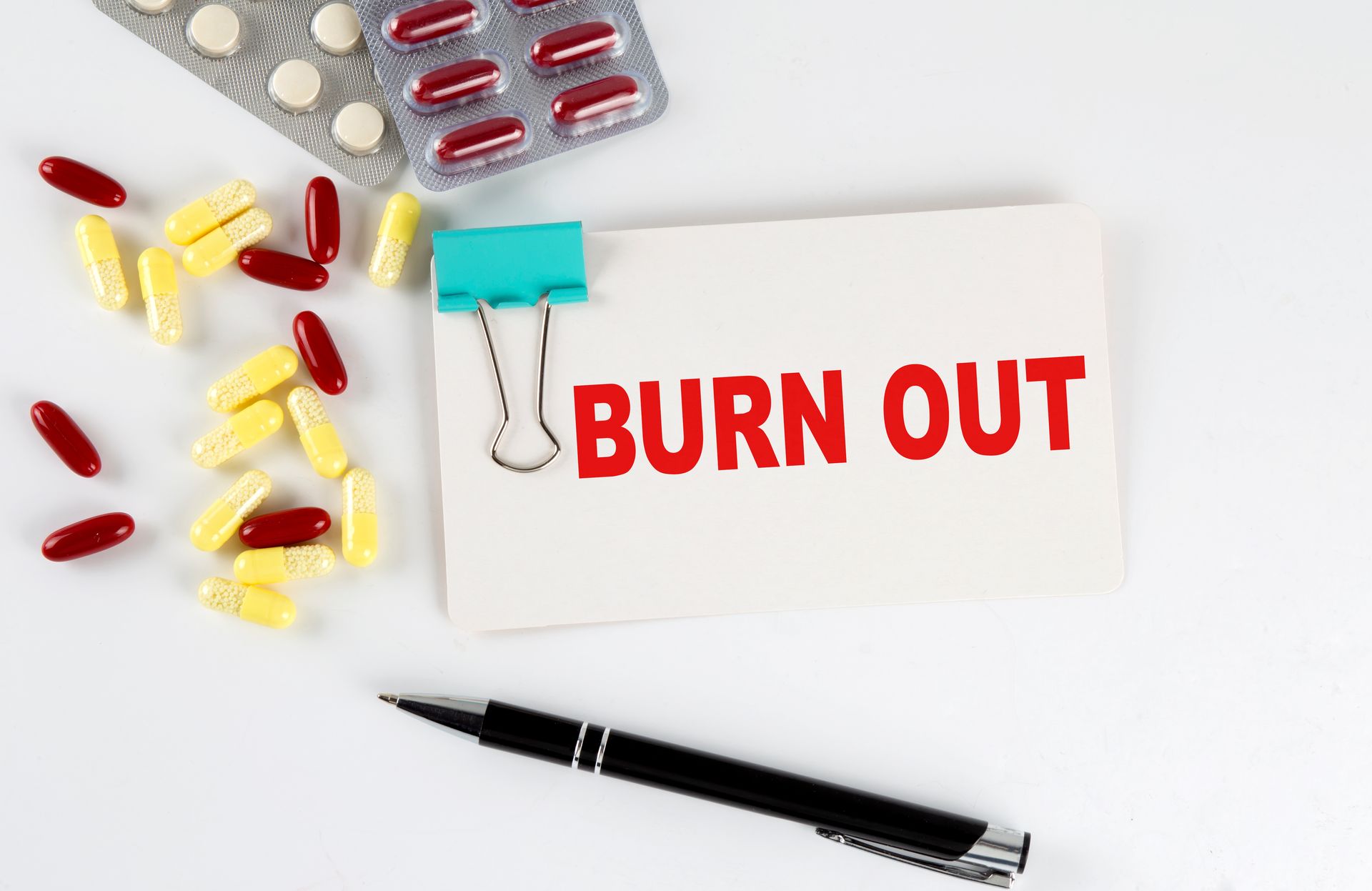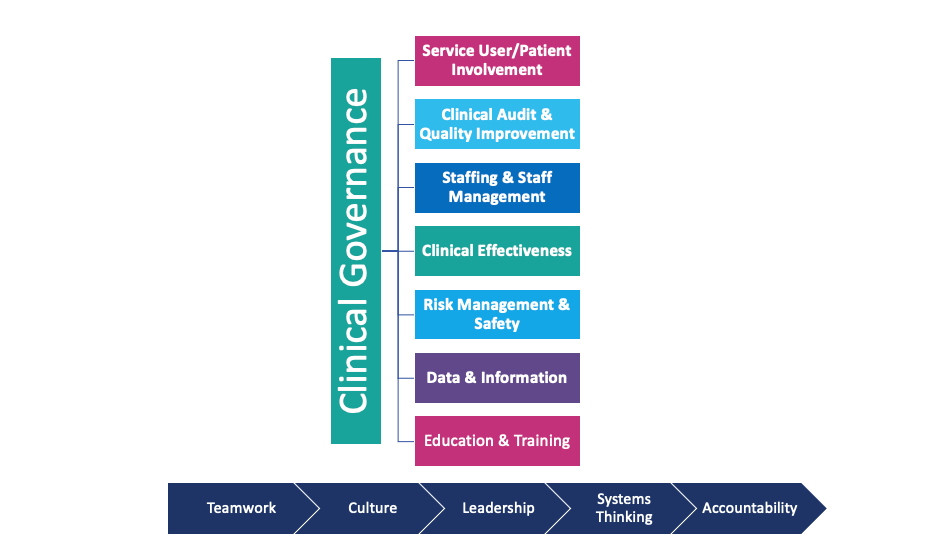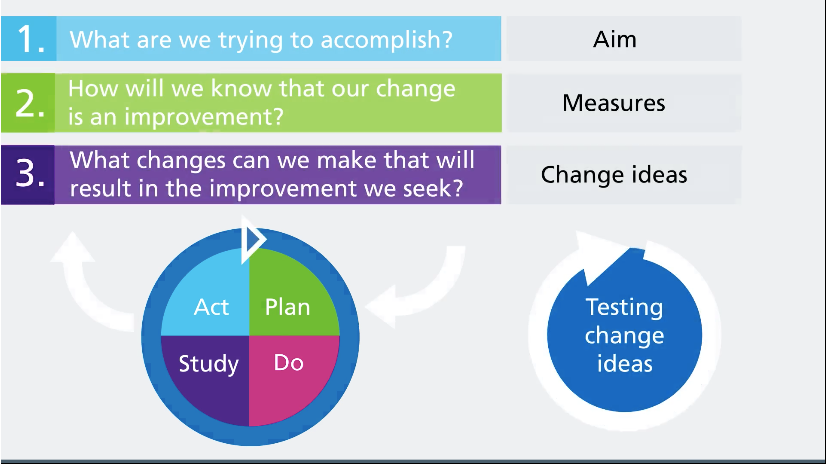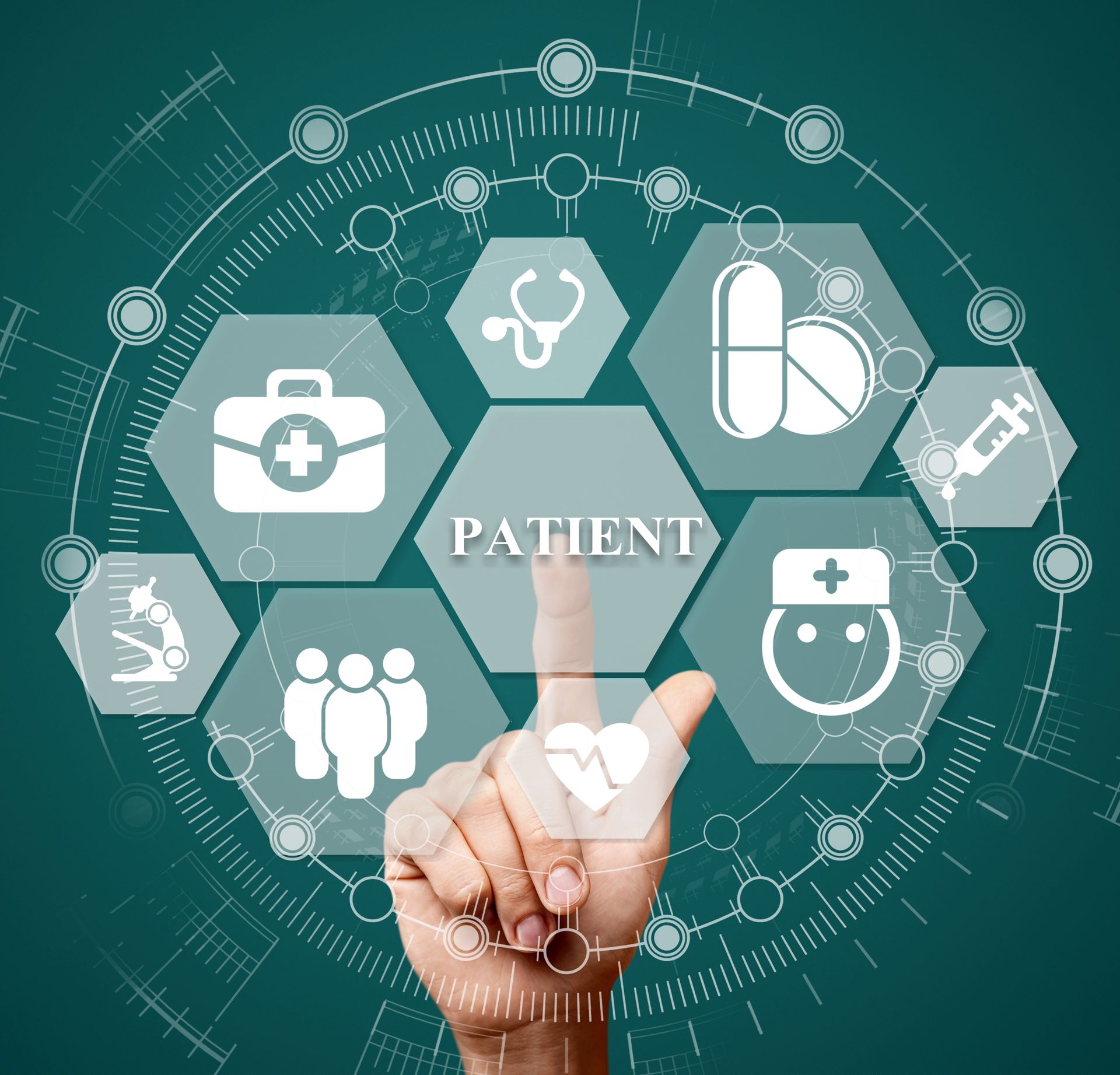The Essential Guide to the 10 Rights of Medication Administration
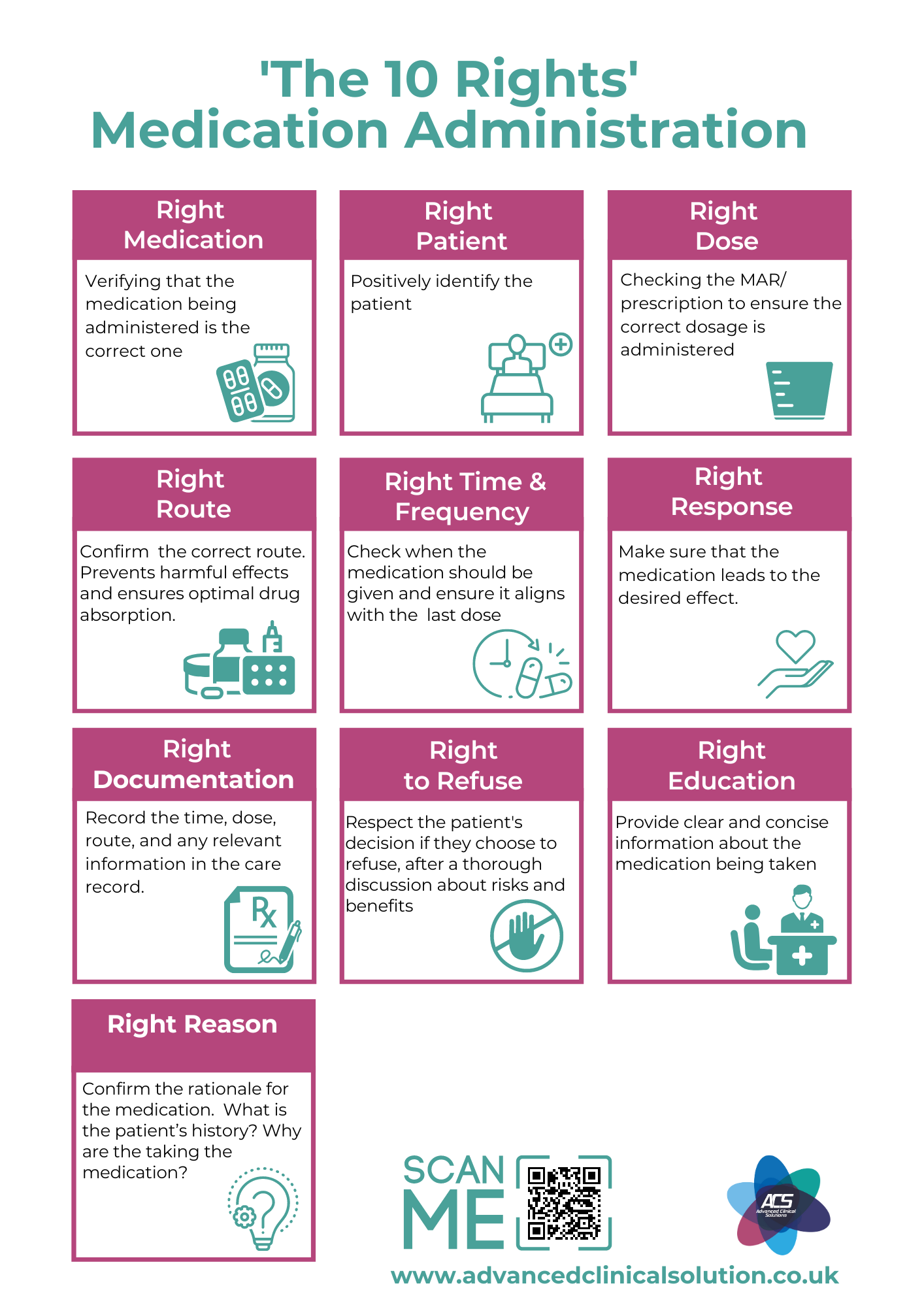
Medication administration is a critical aspect of healthcare that requires meticulous attention to detail and a thorough understanding of safety protocols. To ensure patient well-being and prevent medication errors, healthcare professionals follow a set of guiding principles known as the "10 Rights of Medication Administration." In this blog, we will explore each of these rights and highlight their significance in the process of safe and effective drug delivery.
-
Right Medication
Ensuring Accuracy in Medication Selection
The first and foremost right is the Right medication. It involves verifying that the medication being administered is indeed the correct one. Healthcare providers must be vigilant to prevent errors caused by look-alike and sound-alike medication names. These similarities can lead to confusion and result in administering the wrong medication. Thoroughly cross-referencing medication names and consulting resources like The National Pharmacy Associations list of look-alike/sound-alike drugs can help prevent such errors.
-
Right Patient
Confirming the Recipient
Before administering any medication, healthcare professionals must positively identify the patient. This includes checking the patient's identification with 3 positive patient indentifiers. Even if the healthcare provider is familiar with the patient, verifying their identity is crucial to prevent mix-ups.
-
Right Dose
Accurate Dosage Delivery
Checking the medication administration sheet and/or the prescription is vital to ensure the correct dosage is administered. Pay attention to differences between adult and paediatric doses, and be meticulous in measuring and calculating dosages to prevent under or over-administration.
-
Right Route
Administering via the Correct Route
A medication administration route is often classified by the location at which the drug is applied, such as oral or intravenous. The choice of routes depends not only on convenience but also on the drug's properties and pharmacokinetics. It is crucial to understand the characteristics of the various routes and associated techniques. Common routes include:
- Oral Route
- Sublingual Route
- Buccal Route
- Intravenous Route
- Intramuscular Route
- Subcutaneous Route
- Inhalation Route
- Nasal Route
- Rectal Route
- Vaginal Route
- Cutaneous Route
- Otic Route
- Ocular Route
- Transdermal Route
Confirming the correct route of administration prevents potentially harmful effects and ensures optimal drug absorption.
-
Right Time & Frequency
Timing is Key
Adhering to the prescribed schedule is crucial to maintaining consistent therapeutic levels of the medication. Check when the medication should be given and ensure it aligns with the patient's last dose. This helps prevent missed or extra doses.
Also consider if it is a 'time sensitive' medication. Some medicines need to be given at a certain time to make sure they are safe or work effectively.
Examples of these include:
- Medicines that should be given before or after food
- medicines containing paracetamol
- Medicines prescribed to help mobility for people with Parkinson’s disease
- Medicines that should be taken at the same time each day to maximise their effectiveness. For example, warfarin, oral contraception, antibiotics, insulin.
-
Right Response
Ensure that the medication results in the intended outcome. If pain relief medication was administered, has the patient's pain subsided? Do you notice a reduction in allergy symptoms after giving an antihistamine? Record your observations of the patient's progress and any additional actions taken.
-
Right Documentation
Accurate Record-Keeping
Accurate and timely documentation is essential for effective care and legal compliance. Record the administration time, dose, route, and any other relevant information on the medication chart or electronic health record.
-
Right to Refuse
Patient Autonomy
Patients have the right to be informed about their medications and their potential effects. Explain the purpose, benefits, and potential risks of the medication, and respect the patient's decision if they choose to refuse it after a thorough discussion.Ensure any refusal of medication has been documented thoroughly.
-
Right Information & Education
Empowering Patients
Provide patients with clear and concise information about the medication they are taking. Explain the expected therapeutic effects, potential side effects, and any specific instructions for administration or monitoring.
-
Right Reason
Understanding the Patient
Whenever medication is administered, the individual responsible for its administration must ensure that the medication is being dispensed for its intended purpose (for instance, using Ibuprofen for muscle aches, administering an inhaler for an asthma exacerbation).
Referencing the care plan or support plans for relevant symptoms can provide assurance that the medication is being administered appropriately.
It is also essential to remain vigilant and prioritise patient safety, as exemplified by this shocking incident involving a nurse misusing Oramorph to silence patients, which serves as a sobering reminder of the critical importance of responsible medication administration.
The 10 Rights of Medication Administration form the cornerstone of safe and effective medicine delivery in health and social care settings. Adhering to these principles ensures that medications are administered accurately, patients are well-informed, and potential risks are minimised. By upholding these rights, health and social care professionals contribute to a culture of patient safety and quality care, reducing the likelihood of medication errors and promoting positive health outcomes.
Email Us
For general enquiries & questions,
contact us via email
Book Free Consultation
Need some advice face to face? Book a free 30 minute MS Teams consultation
CHECK OUT OUR OTHER BLOG POSTS
Knowledge Hub

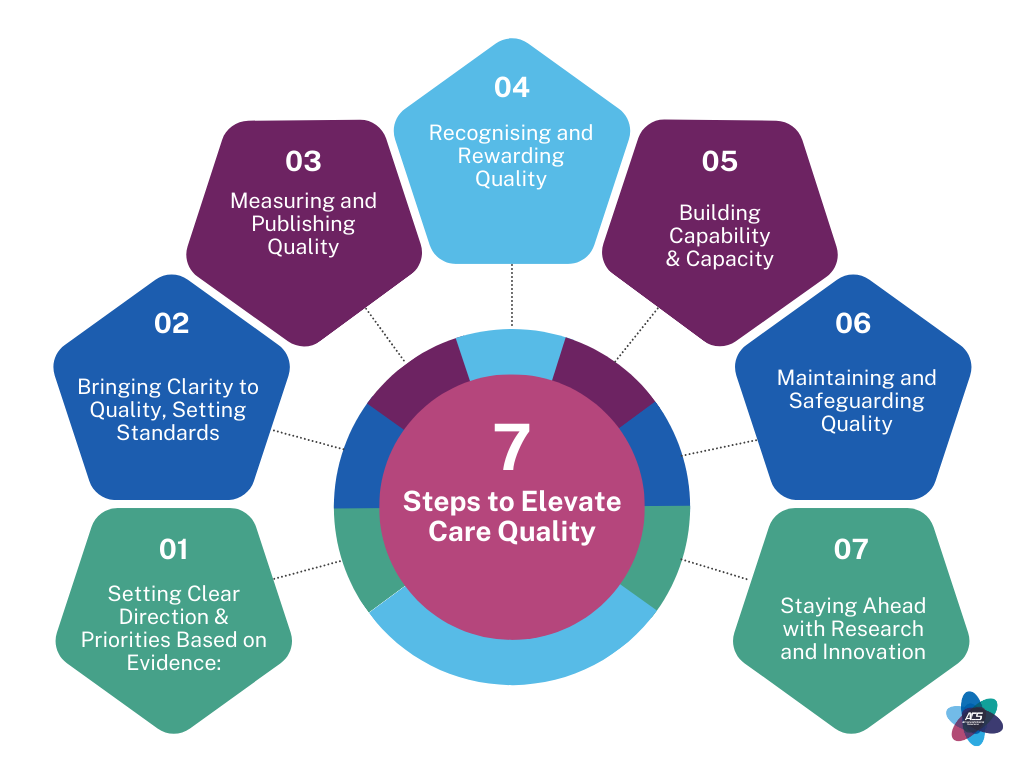
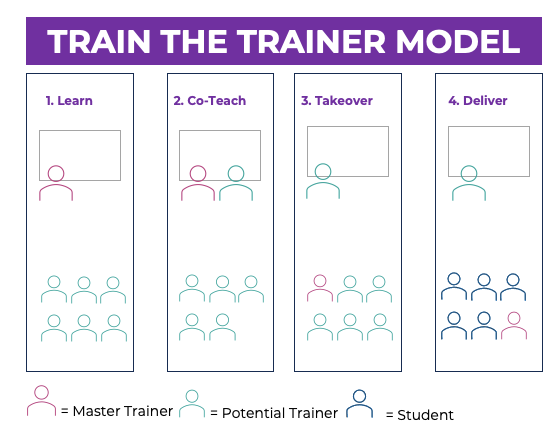
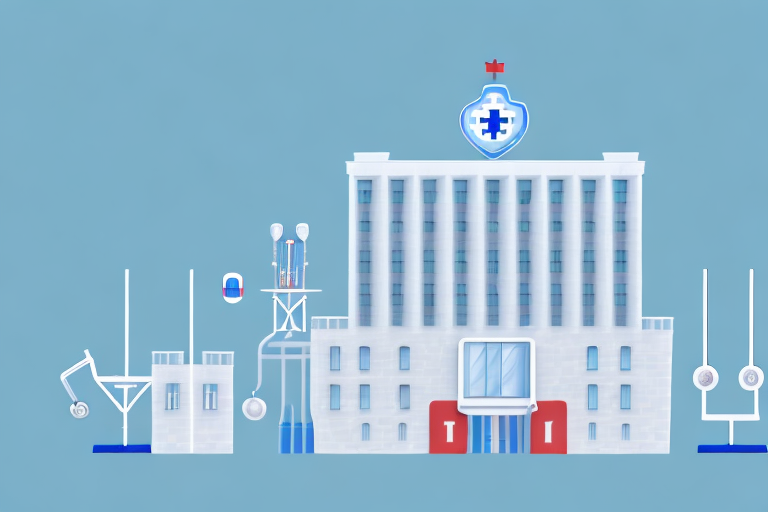

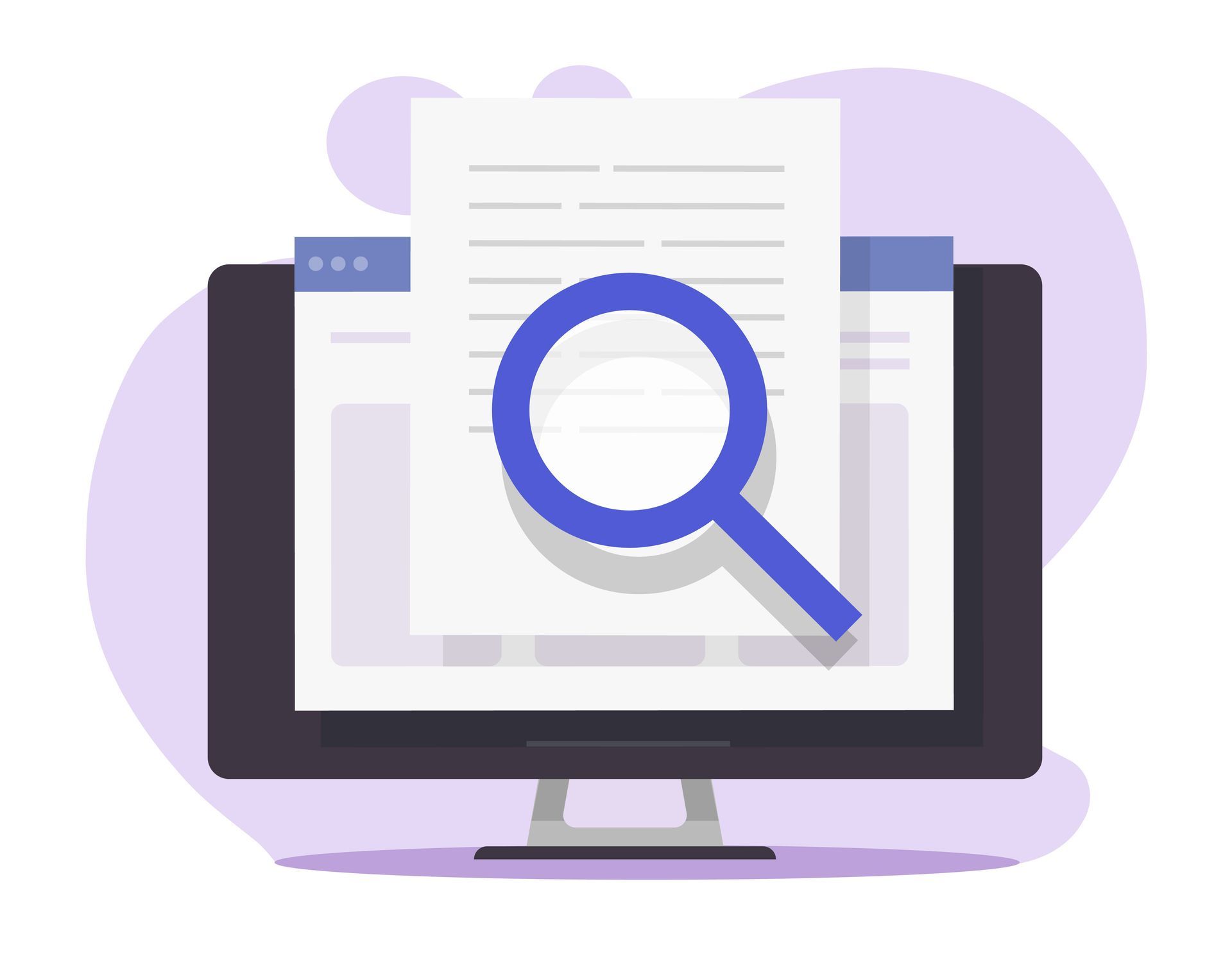
Merlin House I Langstone Business Park
Newport I NP18 2HJ
Copyright © 2024 Advanced Clinical Solutions Ltd . All rights reserved
Company Reg : 10293607 VAT Reg: 290 6883 65




